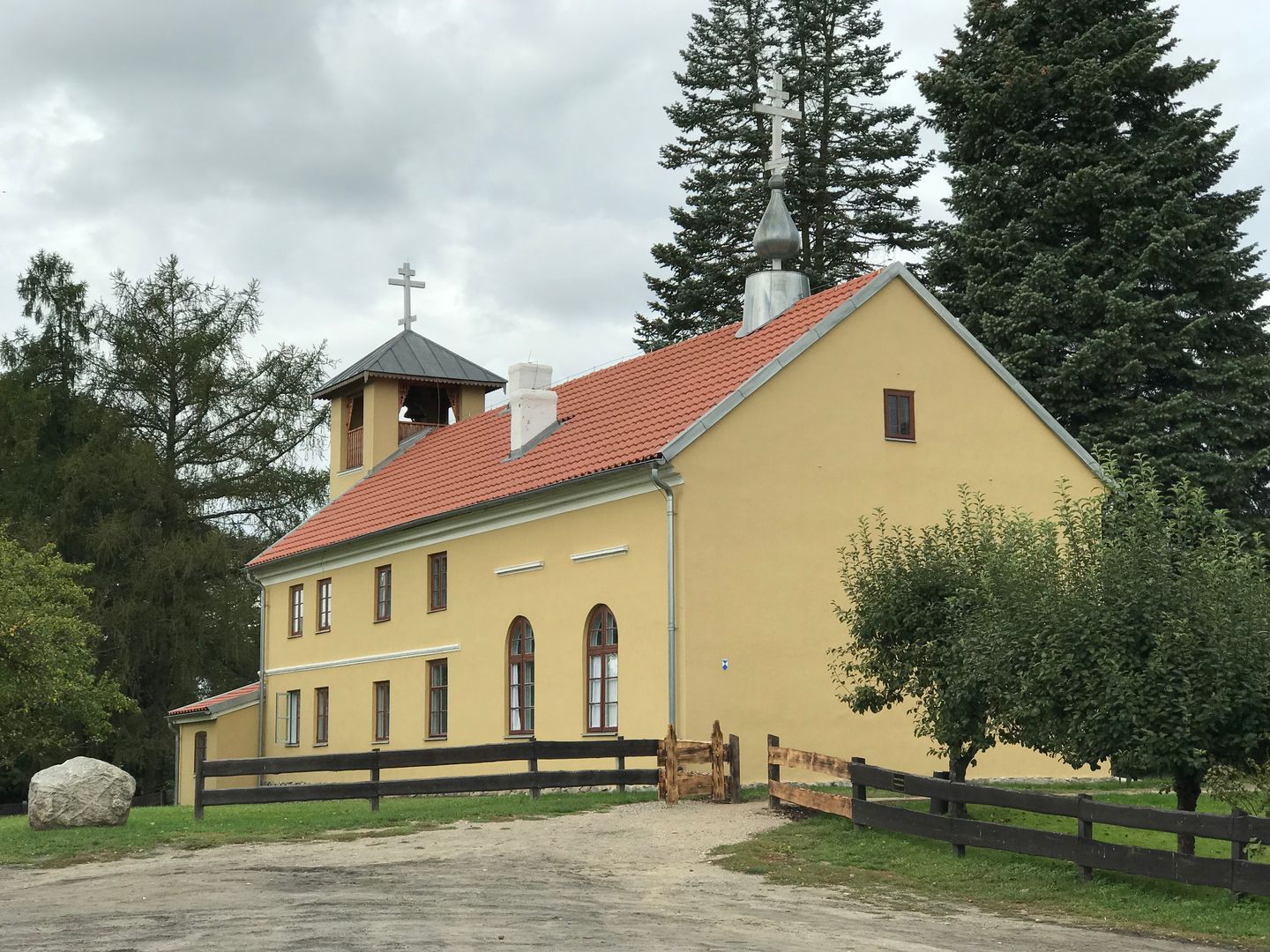The Monastery of the Savior and the Holy Trinity in Wojnowo
6.12

Overview
The Monastery of the Savior and the Holy Trinity in Wojnowo was a male monastery of the Fedoseevtsy Old Believers, which operated from 1848 to 1884, and was later reactivated as a female monastic community in 1885, existing until 2006. It was founded by Fedoseevtsy monks who came to Masuria to establish a religious center for Old Believers in the face of persecution in Russia. The monastery held significant cultural and religious importance, particularly in the context of book collecting and running a school for boys. The monastery's superior, Pyotr Lednev, who took the name Pavel, introduced innovative teachings on the sacramental nature of marriage, which led to a division within the community and ultimately to his expulsion in 1866. After this event, the monastery began to decline, and by 1884, only one monk remained. The female monastery, founded by the nun Eupraksiya, became a support center for Old Believers and counteracted their conversion to Edinoverie. During World War I, the monastery suffered significant damage, leading to its degradation. The monastery's prayer house (molenna) in Wojnowo is the oldest Old Believer religious building in Poland, characterized by its simple architecture with an eight-pointed cross on the tower and international influence. The facility provided nuns with special rooms for prayer and isolation during their novitiate. After 2006, following the death of the last nun, the monastery became a site open to tourists, attracting interest both for its rich historical heritage and unique architecture. It is also worth emphasizing that the interior of the monastery included various prayer rooms and a cell for novices, reflecting the dedication of the nuns in their spiritual life and mission. Today, the Monastery of the Savior and the Holy Trinity is not only an important point on the tourist map of Masuria but also symbolizes the cultural heritage of the Old Believers that has endured for decades.
Location
2025 Wizytor | All Rights Reserved